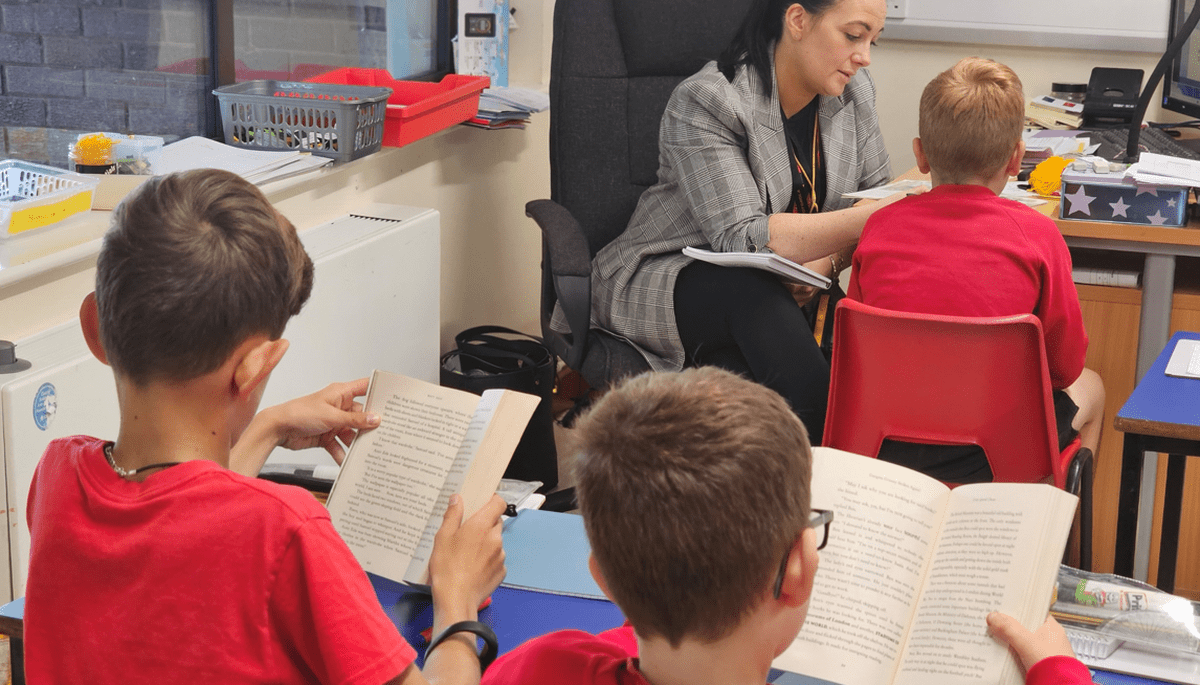Design & Technology
At Slip End Village School, we value Design and Technology. We are designers!
Design and Technology is an absorbing and practical subject. In order to produce a prototype or product, pupils are required to use and apply concepts and skills from many other subjects – Mathematics (such as measurement and cost calculation), English (communication and presentation), Computing and Art as well as science and the social sciences. It is a particularly valuable subject for experiencing risk, using trial and error and the ability to adapt the prototype from these findings.
In Food Technology, children are taught basic cooking skills and, over their time at Slip End Village School, will make a variety of savoury and sweet dishes. As well as developing their culinary skills, children look at topics such as nutrition, seasonality and food miles. Children learn to risk assess and refine their choices to become safe, knowledgeable and effective in a food environment.
The study of designers and their impact on daily life provides children with insights as to how and why the world around us looks as it does.
In our schools, we intend to build a Design Technology curriculum which is inspiring,
rigorous, and practical. We want our children to use creativity and imagination, to design
and make products that solve real and relevant problems within a variety of contexts,
considering their own and others’ needs, wants and values. We intend for all children to
acquire appropriate subject knowledge, technical vocabularly, skills and understanding as
set out in the National Curriculum. Design and Technology is a subject that, whenever
possible, should be linked to the subjects of Mathematics, Science, Computing, and Art.
The curriculum will encourage children to learn, think and solve problems both as
individuals and as part of a team and also encourage them to become innovators, risk-takers and to become autonomous learners as they progress through our schools.
As pupils progress they should gain a deeper understanding of how art and design reflect
and shape our history and how it contributes to the culture, creativity and wealth of our
world. We want our children to be inspired by not only our local area but also from other
cultures and to respect diversity.
Design and Technology is a crucial part of school life and learning and it is for this reason that as a school we have a clear and comprehensive scheme of work in line with the National Curriculum and the Chris Quigley milestones. This is implemented through:
• A well thought out, whole school, yearly overview of the DT curriculum which ensures that skills and knowledge are built on year on year and sequenced appropriately to maximise learning for all children in all areas of DT (textiles, mechanisms, structures, food and electrical systems)
• Well planned and resourced projects providing children with a hands-on and enriching experience in a bespoke Design Technology room
• A range of skills being taught ensuring that children are aware of health and safety issues related to the tasks undertaken
• Each project from Year 1 to Year 6 addressing the principles of designing, making, and evaluating and incorporating relevant technical knowledge and understanding in relevant contexts
• Pupils being introduced to specific designers, chefs, nutritionists, etc. helping to engender an appreciation of human creativity and achievement and increase the cultural capital from which they can draw in the future
In Early Years, Design & Technology is covered by the Understanding of the World area of
the curriculum.
In KS1 and lower KS2, Design and Technology is taught half termly with weekly input of 2
hours a week for Years 1 – 4.
In upper KS2, Design and Technology is taught fortnightly with 2 hour lessons alternating
with Art.
In addition, we have three curriculum enrichment weeks across the year which cover STEM subjects that engage the children and encourage passionate and original thinking.
In Design and Technology, assessment takes place through:
• Assessment of children's learning in Design Technology takes the form of ongoing monitoring of children's understanding, knowledge and skills using key questioning skills built into lessons by the class teacher and the use of the Depth of Learningn platform to assess the objectives being met by pupils and to record the depth of knowledge and skills
• Pupil voice is used to assess what the pupils know and their understanding of key vocabulary learnt throughout their learning journey
• Evaluation of their product to appraise their work
• Design Technology is also monitored by the subject leader throughout the year in the form of collection of evidence (photos), book monitoring, looking at outcomes measured against age-based progression and pupil interviews to discuss their learning. This tangible evidence aids understanding and establishes the impact of the teaching taking place
As a result of our Design Technology curriculum, children will have clear enjoyment and confidence in Design and Technology that they will then apply to other areas of the curriculum. Through carefully planned and implemented learning activities, children develop the creative, technical and practical expertise needed to perform everyday tasks confidently and to participate successfully in an increasingly technological world. They gain a firm foundation of knowledge and skills to see them equipped to take on further learning when they leave our school and move to their secondary education.
Belong | Believe | Achieve







